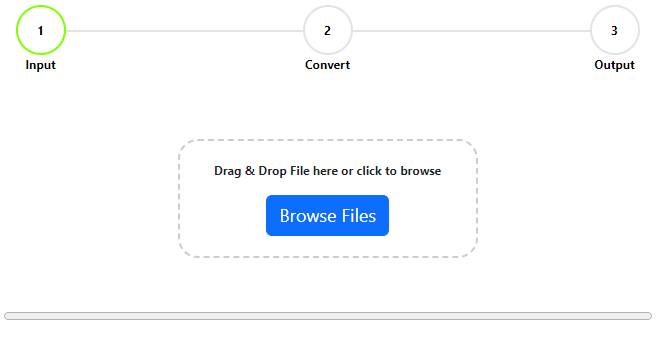Using the IN operator in QGIS
In QGIS, the IN operator is used in expressions, particularly when you need to test if a value exists within a set of values. This is particularly useful in filtering data, styling layers, or defining conditional expressions in the Field Calculator.
Read More




